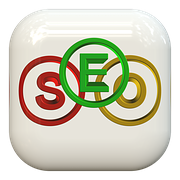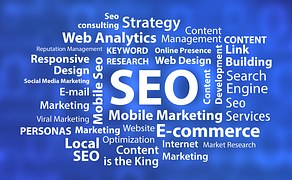Finding New Ways to Reach Customes Online
While the media used to reach customers may have changed dramatically over the last several years, there are some things that haven’t changed in the world of marketing: before you can sell your product or service, you first have to engage your target audience. And in order to engage that audience, you must reach out to them where they live. And today, the vast majority of people live online.
It’s axiomatic that every business must have an attractive, well-organized, and well-structured website rich in information. It must contain the relevant keywords so that it can rank as high as possible on all search engines, and it needs to have as many inbound, outbound, and internal links as possible.
Most important, it must include useful and original content that will resonate deeply with its intended audience. By maintaining a blog that targets potential customers’ interests, a business can position itself as a thought leader and expert in a particular industry. Finally, every website must be optimized for mobile and tablet usage, with as much video content as practicable.
In addition, to having a website, many businesses prosper with the use of paid channel advertising, specifically Google AdWords. Buying ad space on Google, or on another search engine, such as Bing, puts a company’s website on the engine’s first page, where most web surfers begin, and often end, their searches.
But in order to really reach the present generation of shoppers and consumers, a business, today, must know how to leverage the many social networks that people now use to communicate with one another. While the average person might only spend 15-30 minutes per day on social networks, many others spend multiple hours each week. That suggests that any strategic marketing plan must include a steady dose of social media.
The most widely-used social network is, of course, Facebook. Facebook provides an opportunity to showcase products, share company news and milestones, and present pictures and blogs that can engage and entertain the Facebook universe. It is an excellent way for people to see new content with every post. Facebook has a simple sign-up process that can establish a business online in minutes and it’s fairly easy to customize how a company can represent itself to its users.
Of course there are many other social networks that can be utilized to engage its users. Twitter, Instagram, LinkedIn, Pinterest, etc., all have possibilities for the savvy business owner to exploit. The most important thing to remember is the importance of finding out where one’s potential customers are spending their time and then maximizing the relationship opportunities better than the competition.
Remember – regardless of the type of media used, the most important factor in getting and retaining customers is keeping them interested and engaged in your company’s product or service. We may talk to each other via many different electronic media, but keeping it human and personal is still the key to business success.
 1-844-47-Click (1-844-472-5425)
1-844-47-Click (1-844-472-5425)







